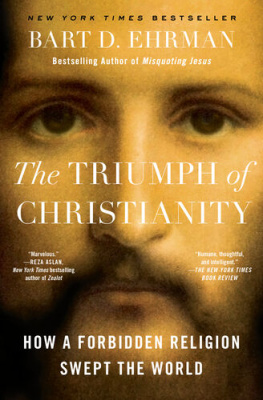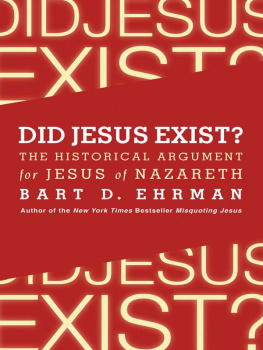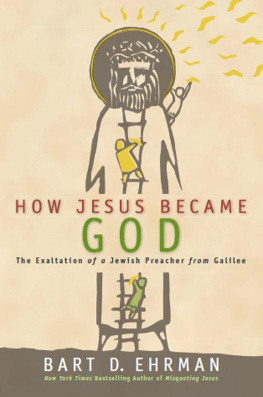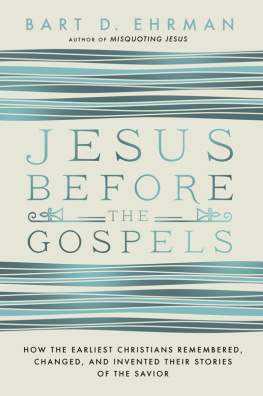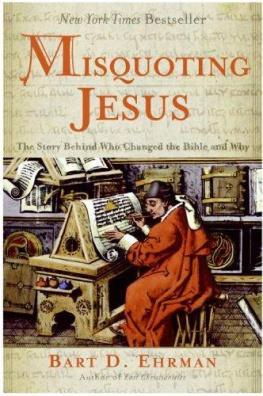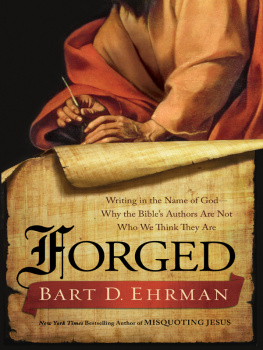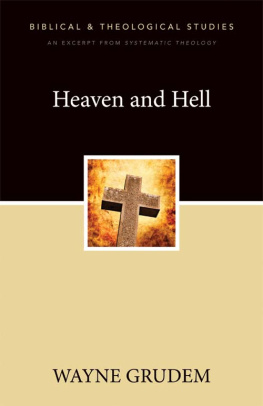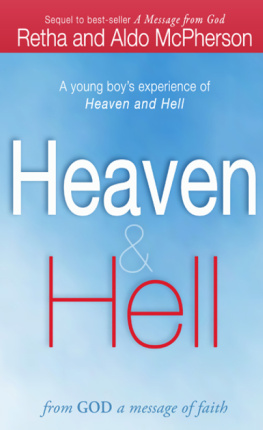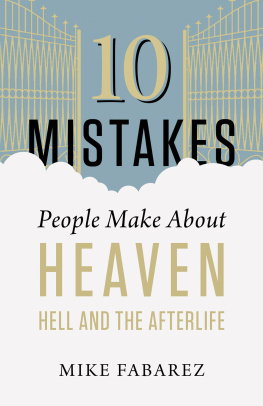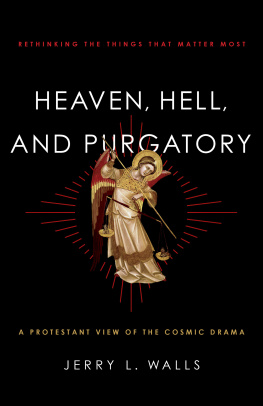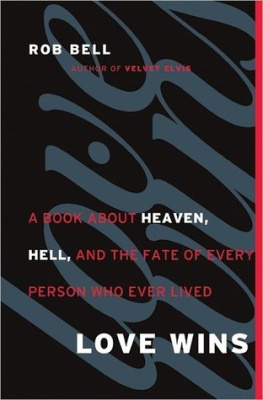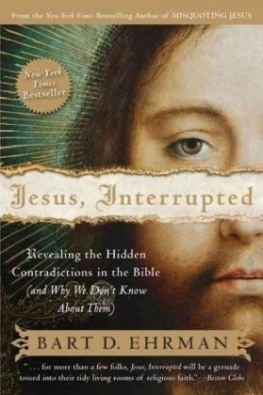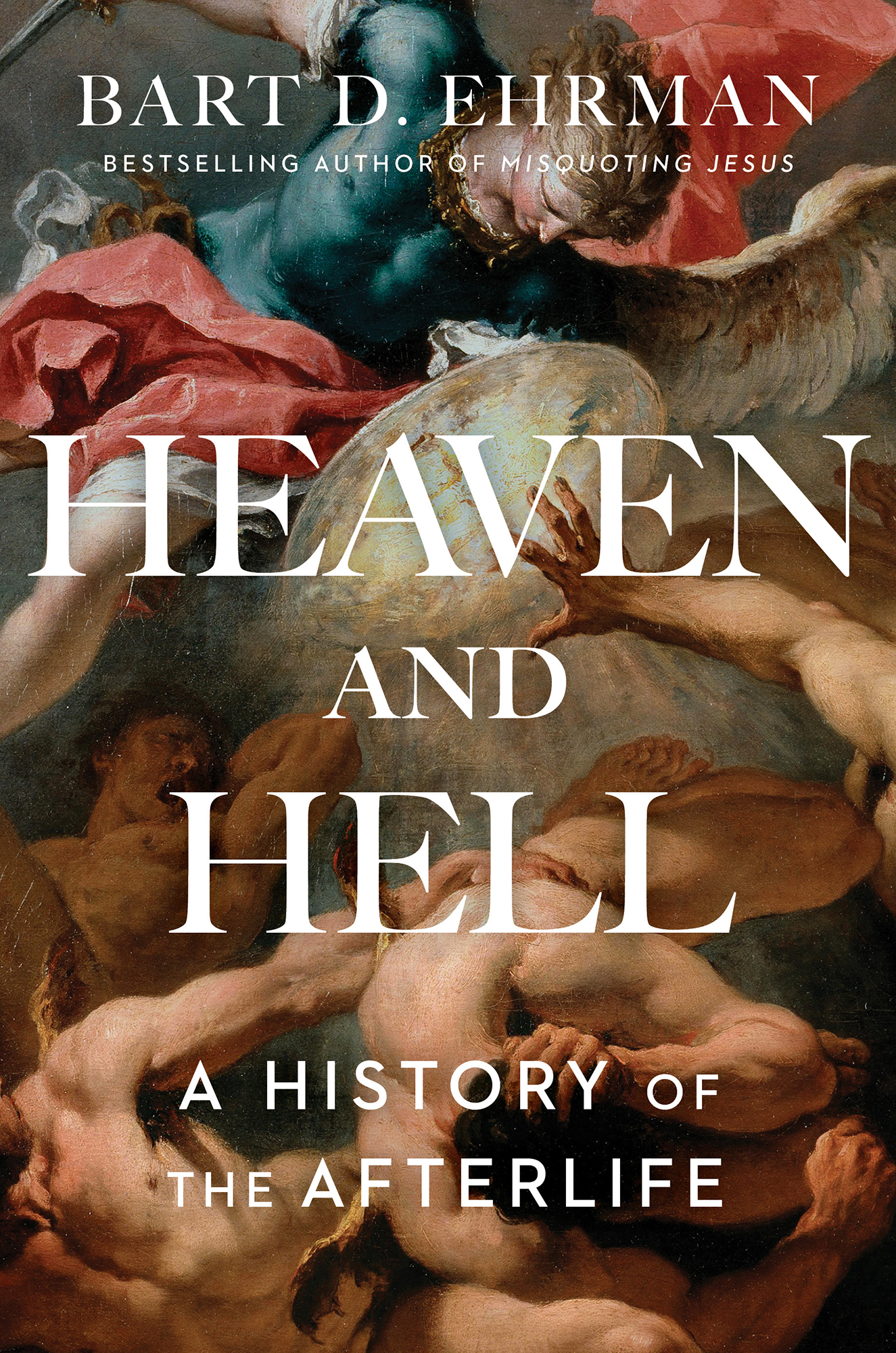Contents
Guide
For Aiya, Sierra, and Elliot, grandkids extraordinaire
Acknowledgments
W riting this book has been a fulfilling and happy experience, and I now have the privilege of acknowledging my debts. First, I am grateful for the expertise of numerous scholars who have trod these paths before menot only in the burgeoning literature on the afterlife from Gilgamesh to Augustine (my beginning and ending points) but also in translations of the ancient texts. I have taken quotations of the Hebrew Bible and the Apocrypha from the New Revised Standard Version. Translations of the New Testament are my own. Translations of all other ancient texts are acknowledged in the endnotes.
The book discusses views of the afterlife in the ancient Near East, Greece and Rome, the Hebrew Bible, Second Temple Judaism, the New Testament, and Early Christianity. I asked experts in each of these areas to read all or parts of my manuscript. They all generously complied and made helpful and even face-saving comments. Any mistakes or bad judgments that remain are my fault, sometimes in refusing to accept their sage advice.
And so thanks go to the following: Meghan Henning, scholar of the New Testament and early Christianity at the University of Dayton, who has herself written an important scholarly account of how the Christian view of hell was used for educational purposes in the early church; my brother Radd Ehrman, a longtime professor of classics at Kent State, who years ago convinced me that the Iliad and the Odyssey were not written by Homer but by someone else named Homer, and who has invariably proved generous and helpful when it comes to complicated bits of Latin syntax; my colleague in Ancient Near East/the Hebrew Bible at UNC, Joseph Lam, always willing and eager to provide keen assistance with the mystifying texts of Near Eastern antiquity; my other colleague in Hebrew Bible at UNC, David Lambert, a remarkably perspicacious reader whose views invariably challenge what Ive long thought; my longtime colleague in early Christianity at UNC and onetime collaborator, Zlatko Plee, whose enormous expertise from classical philology to ancient philosophy has always been a source of both marvel and assistance; my brand-new colleague in New Testament and early Christianity at UNC, Hugo Mendez, an unusually thorough and nuanced reader of texts who is unfailingly generous in his help; and my old friend and colleague from Duke, Joel Marcus, one of the finest exegetes on the planet, who for over thirty years has been more than willing to read my work and (alas) tell me what he really thinks about it.
Another group of readers are not from within the academic guild. These are members of the Bart Ehrman Blog who volunteered to read my manuscript and give their opinions on it, not as experts but as lay readers with intelligent insights. For some background, a word about my blog, an ongoing venture for seven years now. I write five posts each week, covering just about everything connected with the literature of the New Testament and the history of early Christianity, from Jesus to Constantine. Joining the blog requires a small fee, which I in turn donate to charities helping those in need. This past summer I gave members of the blog an opportunity to read my manuscript, and the following generous souls took me up on it, making numerous helpful suggestions for improvement: Will Ballard, David Ballinger, Alan Bishop, Paul Ellis, Rob Gilbert, Steve Otteson, Bobby Ross, and Steve Sutter. To all of them I owe many thanks.
Special gratitude goes to Megan Hogan, associate editor at Simon & Schuster, who has handled most of the nitty-gritty. She is talented, efficient, prompt, and patient with an occasionally wayward author.
I am especially fortunate to have such a superb editor in Priscilla Painton. This is the second book Priscilla and I have done together and both experiences have been beyond exemplary. She is discerning, clear-sighted, judicious, and editorially savvy. Luckily for me, she also has an extraordinary sense of style.
I continue to be deeply indebted to my erstwhile editor, current literary agent, and longtime friend, Roger Freet, who not only represents me but also actively participates in imagining, framing, and evaluating my writing. He has that rare ability to know what works in a book, on both the macro and micro levels; he is creative, enthusiastic, and proactive. And he occasionally lets me do what I want. What could be better?
Finally, I want to express my love, admiration, and thanks to my much-adored wife and life partner, Sarah Beckwith, scholar of medieval and early-modern English at Duke, expert on Shakespeare, and a profound reader of texts, who is inordinately perceptive, imaginative, and intellectually deep, and who, among other things, assumed the mantle of matrimonial duty by reading the manuscript and making considerable useful comments on it.
I am dedicating the book to my three grandchildren, all of whom are far more intelligent, interesting, and good-looking than any other being on the planet: Aiya, Sierra, and the newcomer, Elliot.
Preface
W hen I thought about God as a child, I thought about the afterlife. I obviously had no clear understanding of death. But I did believe that after I died I would go to heaven or hell. And I was bound and determined to make it one and not the other.
Looking back, the afterlife later helped motivate me to become more deeply involved in my Episcopal church, participating in worship, saying prayers, singing hymns, confessing my sins, learning the creeds, becoming an altar boy. Naturally I worshiped God and tried to live the way I thought he wanted because I thought it was the right and good thing to do, but also, at least in part, it was because I knew full well what would happen to me if I didnt.
I am also sure that hope for heaven and fear of hell played a large role when later, as a mid-teenager, I had an even deeper spiritual experience. Some of my high school friends were committed Christian kids who believed it was necessary to make an active and specific commitment to God by asking Jesus into my heart. They convinced me, and as a fifteen-year-old I became a born-again Christian.
From that point on, I had no doubt: I was going to heaven. I was equally convinced that those who had not made this commitmentnamely, most of the billions of other people in the worldwere going to hell. I tried not to think I was being arrogant. It was not as if I had done something better than anyone else and deserved to go to heaven. I had simply accepted a gift. And what about those who hadnt even heard about the gift, or who had never been urged to consider it seriously? I felt sorry for them. They were lost, and so it was my obligation to convert them. Believing this made me a Christian on a mission. It is not at all unlikely that I was more than a little obnoxious about it.
These views were confirmed for me in my late teens, first at the Moody Bible Institute, the fundamentalist Bible college I attended after high school, and then at Wheaton, the evangelical Christian liberal arts college where I finished my undergraduate degree. After graduating I chose to pursue the study of the New Testament more seriously, and went for various reasons to the decidedly non-fundamentalist Princeton Theological Seminary. It was there I started having doubts about my faith. In part, the doubts were caused by my studies, as I began to realize that the Truth I had believed since high school was actually rather complicated and even problematic. My scholarship led me to realize that the Bible was a very human book, with human mistakes and biases and culturally conditioned views in it. And realizing that made me begin to wonder if the beliefs in God and Christ I had held and urged on others were themselves partially biased, culturally conditioned, or even mistaken.

